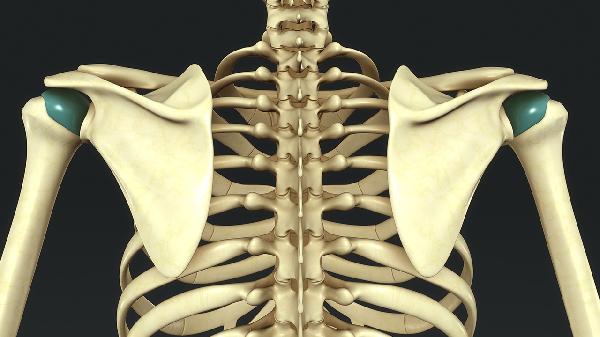Walking is one of the simplest and most effective forms of exercise, but some common habits might be secretly wreaking havoc on your knees. Yes, even something as low-impact as walking can lead to joint pain or long-term damage if you’re not careful. The good news? A few tweaks to your routine can make all the difference. Let’s dive into the habits that could be hurting your knees and how to fix them.
Overstriding: The Long Step That’s Short on Benefits
Overstriding happens when you take steps that are too long, forcing your heel to slam into the ground with extra force. This can send shockwaves up your legs, putting unnecessary stress on your knees. It’s like trying to hit a home run when a base hit would do just fine. Instead, focus on shorter, quicker steps. Think of it as a brisk shuffle rather than a power walk. This reduces the impact on your joints and keeps your stride more efficient.
Walking on Hard Surfaces Without Proper Support
Pounding the pavement on concrete or asphalt might feel like a solid workout, but it’s not doing your knees any favors. Hard surfaces don’t absorb shock, so your knees take the brunt of the impact. If you’re stuck walking on these surfaces, invest in a pair of cushioned, supportive shoes. Better yet, mix it up by walking on softer surfaces like grass, dirt trails, or a treadmill with shock absorption. Your knees will thank you for the break.
Ignoring Your Footwear: The Shoe Faux Pas
Wearing the wrong shoes is like driving a car with flat tires—it’s just not going to end well. Old, worn-out shoes or ones that don’t fit properly can throw off your gait and lead to knee pain. Make sure your walking shoes have good arch support, cushioning, and a proper fit. And don’t wait until they’re falling apart to replace them. A good rule of thumb is to swap them out every 300-500 miles, depending on how often you walk.
Poor Posture: The Slouch That Hurts
Walking with poor posture isn’t just bad for your back—it’s bad for your knees too. Slouching or leaning forward shifts your center of gravity, putting extra pressure on your joints. Stand tall, engage your core, and keep your head up. Imagine a string pulling you upward from the top of your head. This alignment helps distribute your weight evenly and reduces strain on your knees.
Walking Too Much, Too Soon: The Overzealous Approach
Jumping into a long walking routine without building up your endurance is a recipe for knee trouble. Overuse can lead to inflammation and pain, especially if you’re not used to the activity. Start slow and gradually increase your distance and pace. Listen to your body—if your knees start to ache, take a break. It’s better to ease into it than to push too hard and end up sidelined.
Neglecting Strength Training: The Missing Link
Walking is great, but it’s not enough on its own. Weak muscles, especially in your hips and thighs, can lead to poor knee alignment and increased stress on the joint. Incorporate strength training exercises like squats, lunges, and leg lifts into your routine. Stronger muscles provide better support for your knees, making your walks safer and more effective.
Walking is a fantastic way to stay active, but it’s important to do it right. By avoiding these common pitfalls and making a few adjustments, you can protect your knees and keep walking pain-free for years to come. So lace up those shoes, stand tall, and hit the pavement—or better yet, the trail—with confidence.
























